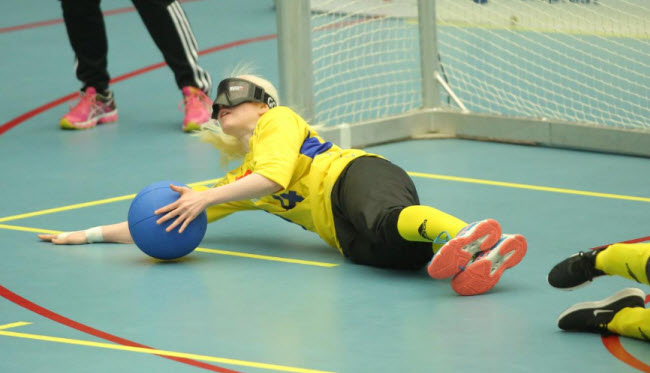Sports are meant for everyone, regardless of ability. One of the best examples of this inclusivity is the Paralympic Games, where athletes with disabilities compete in sports tailored to their specific needs. Among these sports is goalball, a team game designed for visually impaired athletes. It’s played on a court similar to volleyball, where players rely heavily on their sense of hearing due to bells placed inside the ball, allowing them to track its movement. Interestingly, goalball is not exclusive to visually impaired individuals; sighted players can also participate but must wear blindfolds to level the playing field.
The Origins of Goalball
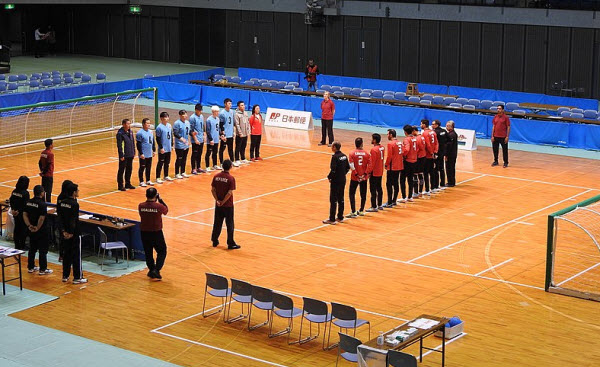
Goalball’s roots date back to 1946 when it was created by Austrian Hans Lorenzen and German Sepp Reindle. They designed the game to help rehabilitate visually impaired war veterans from World War II. Over the years, the game evolved into a competitive sport, gaining popularity throughout the 1950s and 60s. Goalball made its debut as a demonstration sport at the 1972 Summer Paralympics in Heidelberg, West Germany. Since then, it has grown to become one of the most popular Paralympic sports, with the first World Championships taking place in Austria in 1978. The International Blind Sports Federation (IBSA) was founded in 1981 and took on the responsibility of managing the sport, including organizing tournaments and establishing rules. As of 2017, goalball was played in 81 countries with 270 international referees.
Requirements and Rules of Goalball
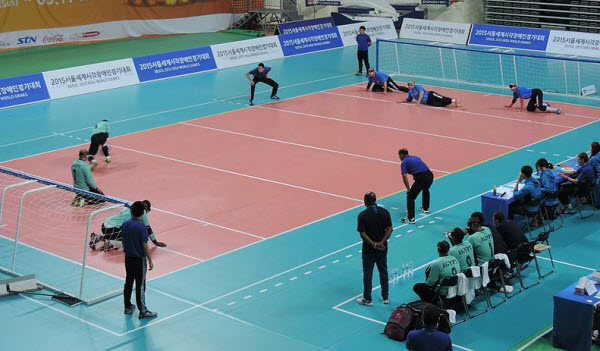
The game is played on an 18-meter-long by 9-meter-wide court, with goals stretching the entire width of the field. The playing area is divided into six sections, each measuring 3 by 9 meters. The section directly in front of the goal is known as the team area, followed by the landing area, while the middle sections are referred to as neutral zones. The court is marked with tactile tape, which allows players to feel the boundaries and their position on the field.
The ball used in goalball weighs 1.25 kilograms, has a diameter of 24 centimeters, and contains eight holes with bells inside, allowing players to hear its movement. A lighter, unofficial version of the ball weighing about 0.9 kilograms is sometimes used for younger players.
A team in goalball consists of three players on the court and up to three substitutes on the bench. International competitions are divided into men’s and women’s categories, though some local competitions, particularly in the UK, allow mixed teams. Players are positioned in one of three roles: center, right wing, and left wing. While players are free to switch positions during the game for tactical reasons, the center is typically responsible for defense, while the wings guard the sidelines.
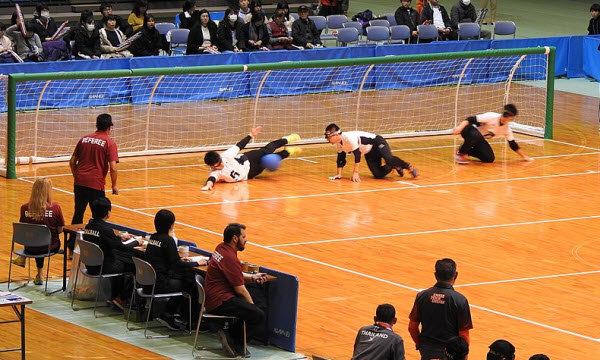
A point is scored when the ball crosses the opponent’s goal line. The team with the most points at the end of the match wins. If the game ends in a tie, two three-minute overtime periods are played, and if no goals are scored, penalty throws are used to determine the winner. A mercy rule is applied if one team leads by 10 goals, ending the match early.
Violations and Fouls in Goalball
Several fouls can occur in goalball, often resulting in a loss of possession or a penalty shot for the opposing team. Violations include early throws before the referee gives permission, holding the ball for more than 10 seconds, or unsportsmanlike conduct such as making distracting noises. Players must also ensure the ball reaches the opponent’s team area on each throw to avoid a “short ball” violation.
Etiquette and Conduct in Goalball
Because goalball relies so heavily on hearing, silence is essential during the game. Spectators are repeatedly reminded to avoid making noise, including cheering or clapping, to ensure the players can hear the ball. Coaches are also prohibited from speaking while the ball is in play to avoid influencing the match. All players must wear blackout masks to guarantee fairness, even for those with partial vision. A coin toss determines which team starts with the ball.
How Goalball Is Played
To score in goalball, a player rolls or throws the ball down the court, aiming to bypass the defenders and score in the opponent’s goal. Players orient themselves by feeling the tactile court lines and listening to the sounds made by their teammates. Defenders remain within their team area and position themselves to block the ball by laying out with their arms extended to cover as much ground as possible. Some players prefer to block with their chests to absorb the impact, while others use their legs.
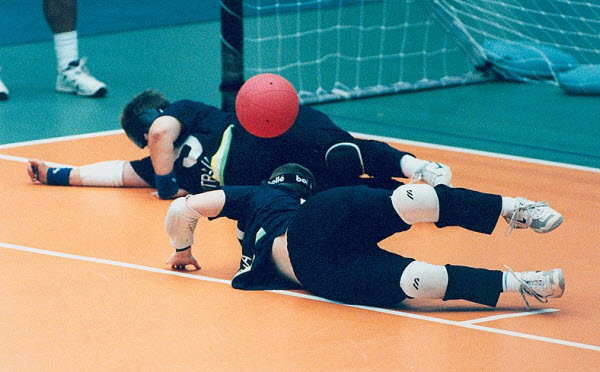
Goalball has grown beyond its original rehabilitative purpose into a highly competitive and respected sport. It showcases the ability of athletes with visual impairments to excel in a dynamic and challenging environment, demonstrating that sports truly are for everyone.
